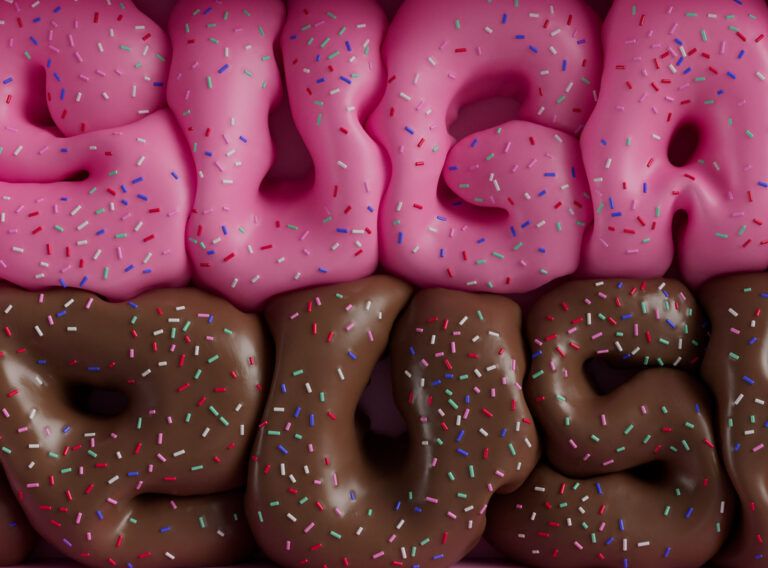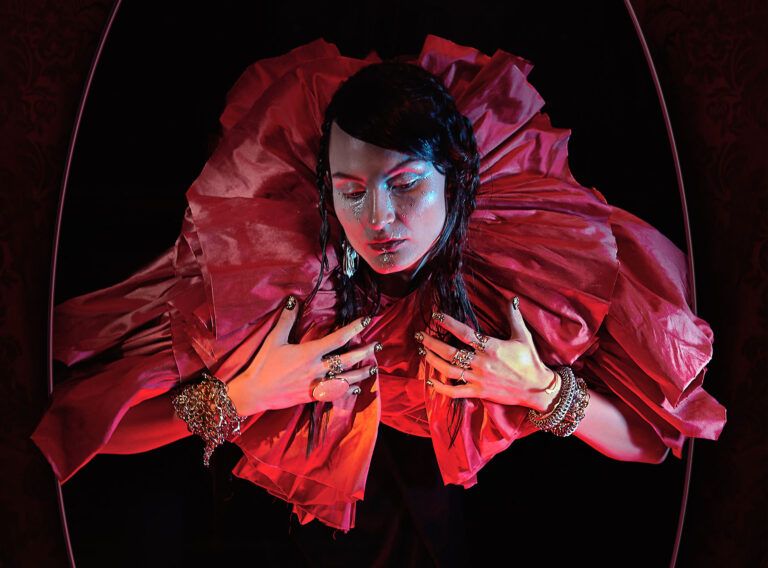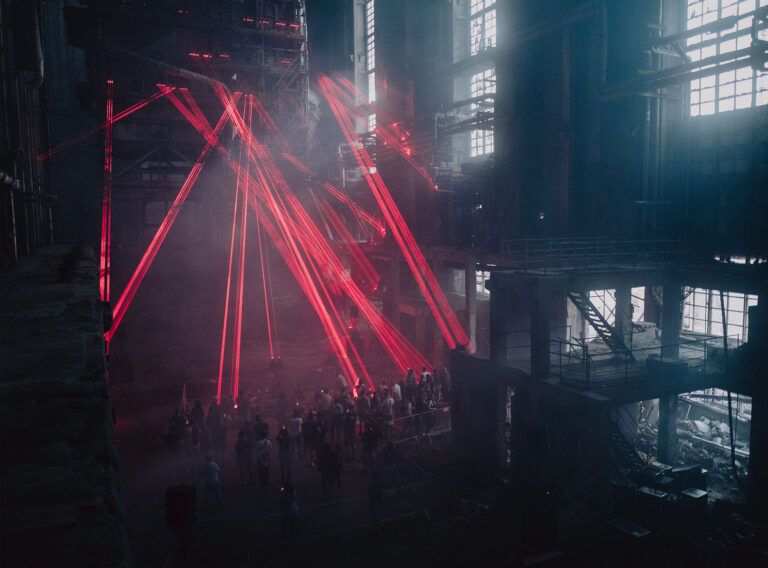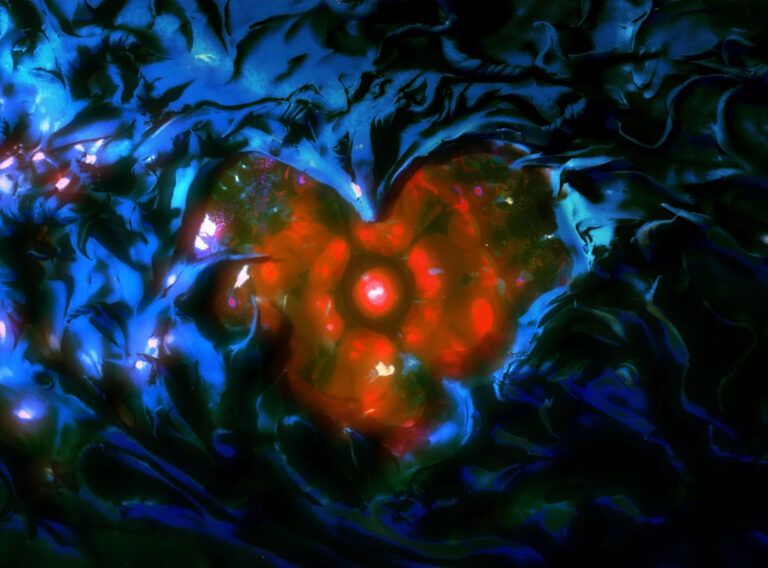The wicked walk in a circle…
Augustine’s City of God, Book 12
The artisanal, often hand-made Printed Circuit Boards (PCBs), which lie behind most open hardware experiments in art and design, and the emergent nano- and microelectromechanical systems (MEMS) in the professional microelectronics industry brought a paradoxical return of the traditional printing techniques of intaglio such as etching and lithography. The Renaissance intaglio used copper or zinc plates (and sometimes iron) to scratch or etch the image with diluted acids, which was then pressed onto the paper with ink to print maps, works of graphic art and images in books. In the present, intaglio has been marginalised and is used mainly as an anti-forgery prevention in banknotes, passports and other documents. Instead of dying off with the printing press, it is experiencing a strange comeback in the microelectronics industry, where intaglio is used to create circuit boards. The present intaglio techniques etch circuits with acids but also X-ray, Ion beams, UV light, various light-sensitive chemical processes and even plasma. They etch lines on the conductive materials, which serve as layers of complex circuits feeding all our digital technologies. While traditional prints experimented with perspective and representation, these present intaglio ‘prints’ make routes for the movements of electrons, direct and control current and resistance, and amplify, switch and transform energy in the transistors and light-emitting diodes (LEDs).
The various integrated circuits hidden in the black boxes of our electronics are all heirs of these old print techniques used in the 16th century to embody the Renaissance worldview on the relations of humans, the globe and the universe. The etched lines embodied the ordered perspective of the single viewpoint while today they control inputs and outputs in the complex networks of machines exchanging 0s and 1s. What is uncanny about this return of the repressed printing techniques in the age of the digital media is that they remind us of the military origins of both present and past intaglio techniques. The obsession with cannons and fortification back in the Renaissance leads directly to the cybernetic dreams of World War II advances in controlling military devices (e.g. Wiener’s work on anti-aircraft battery controllers) and the later 1950s interest in satellites and space wars. The circuit boards and the Renaissance prints share an interesting history connecting innovation with military goals where the aesthetic concerns are never far from the exploration of ways to kill and protect, and where the figure of the other, who comes as an enemy and a threat, forces us to invent new technologies and media.

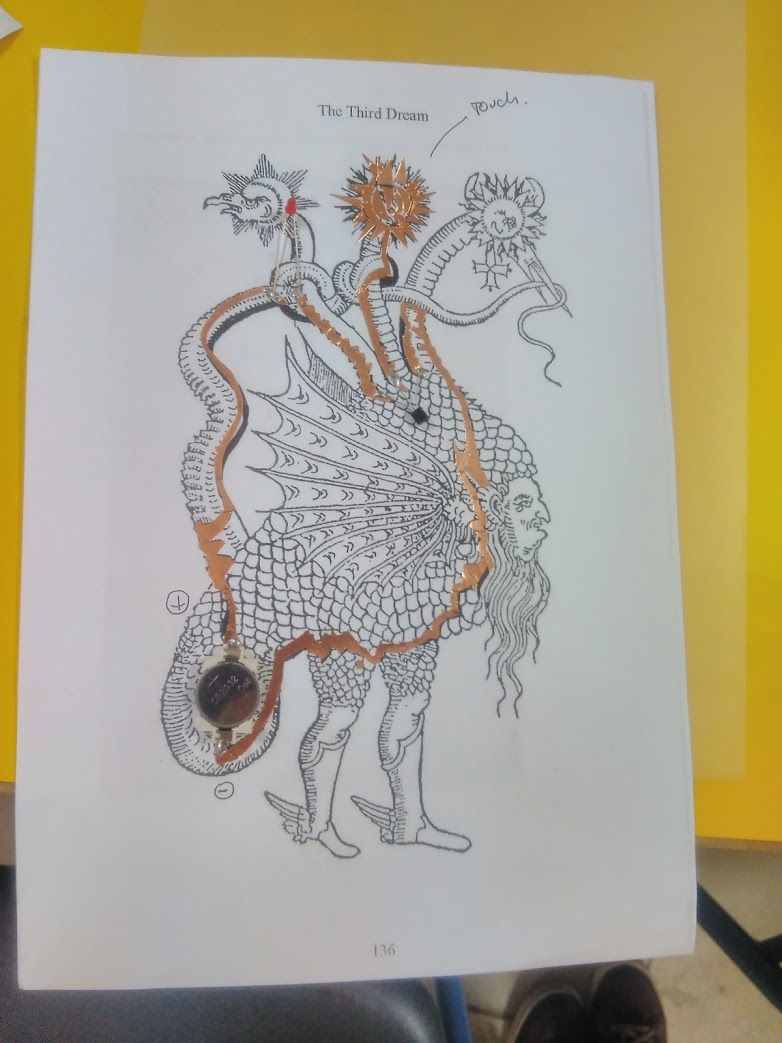
This is clearly visible on one of the first etchings by Albrecht Dürer, Landscape with a Cannon. This, the last and the most ambitious of six etchings Dürer made at the turn of the 16th century, uses an iron plate, which was highly unusual and hard to work on, but amplified well the image of the cannon. The prints date to 1518 and depict a Turk standing prominently in the foreground, symbolising the geopolitical threats, next to a large cannon on a four-wheeled gun carriage. The much-admired landscape on his prints, which engulfs everything from mountains to villages and ports on the sea, performs the Renaissance perspective, but it also served as a testing ground for his future work on fortification. In 1527 he published a famous treatise on fortifications, “Etliche underricht zu Befestigung der Stett, Schloss und Flecken” (Several instructions for fortifying towns, castles and small cities), which displays on one of the last pages the same cannon along with a detailed proposal and drawings of permanent artillery fortification. He advocates the use of huge artillery towers called basteia as part of a design of an ideal city with wet moats, earth bulwarks and corner ‘caponiers’, covered tunnels, and other similar ideas –transforming the city into a war engine.
The etching technique, but also the iron as a material of choice, summarise and even predict the military fantasies behind all future intaglios. Dürer developed a whole vocabulary of marks, such as hard and swoopy lines and cross hatching, which served well in the art of mapmaking, another important military technology enabling colonial pursuits. Etching as a work with metals and acid was always closer to the armourer’s trade and crafts than goldsmithing, which influenced engraving techniques of print. Teaching courses on fortification to young aristocrats was a common source of income for Renaissance scholars and artists, and we can speculate that Dürer’s interest in cannons was part of this. Even Galileo taught such private courses on fortification in Padova between 1592 and 1609 where the practical science of machines, military architecture, geometry and drawing techniques revolved around a special kit he developed for his students on the use of the military compass, another important reference to our present circuit boards.
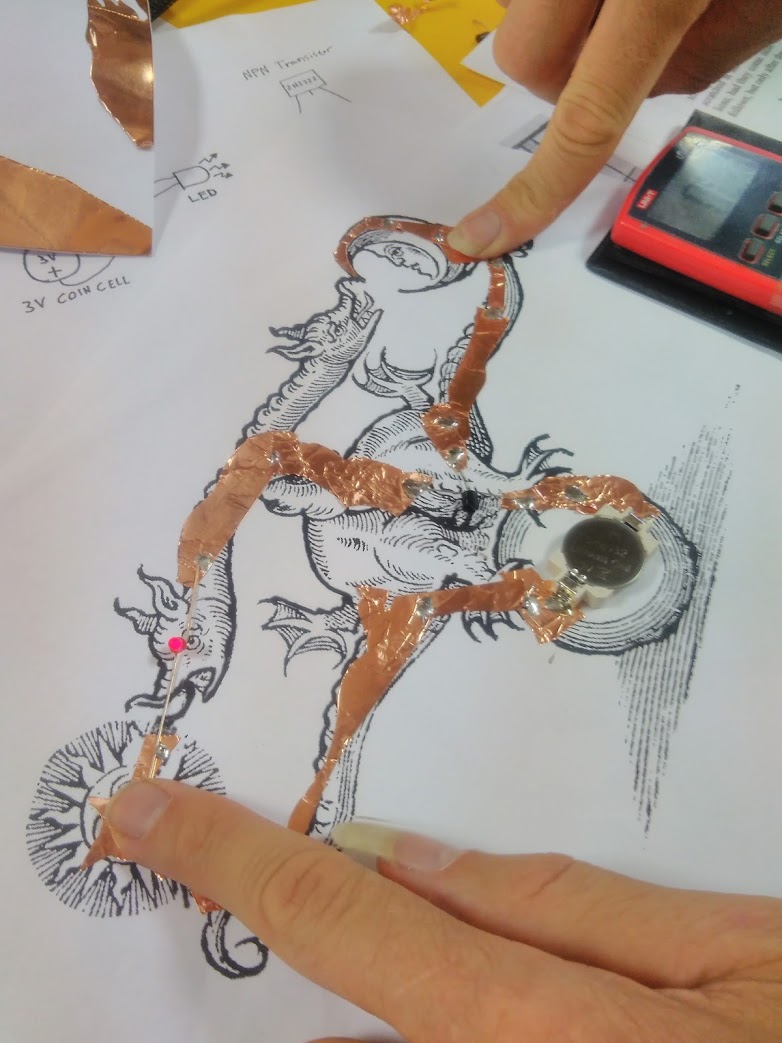
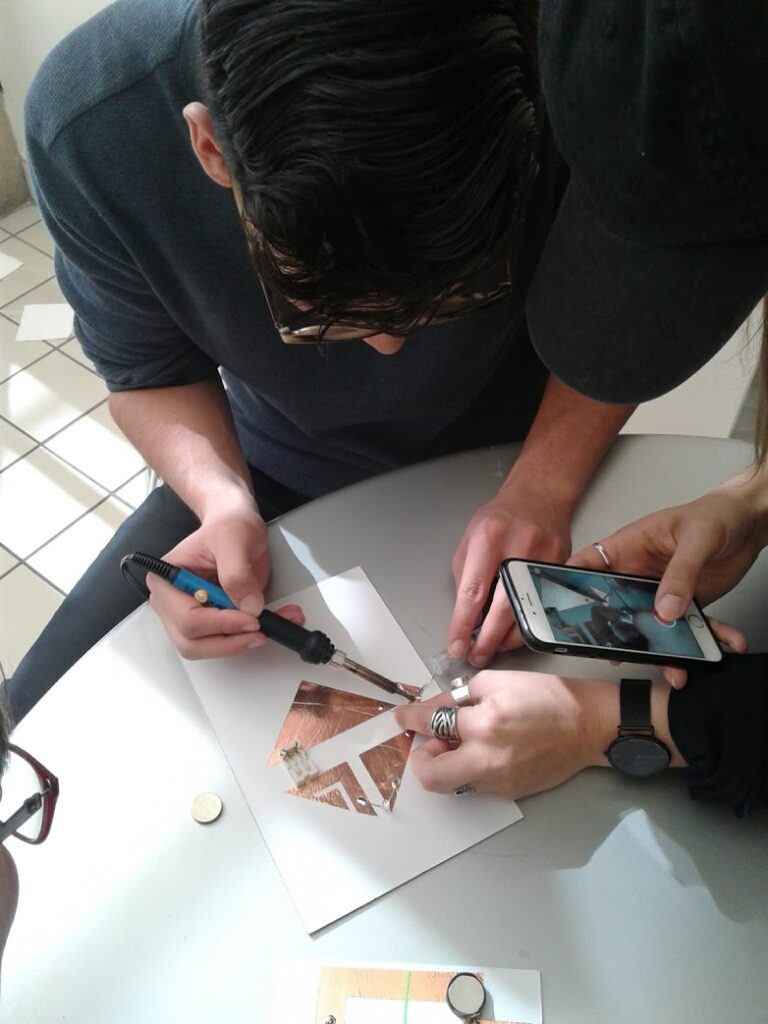
Before the movements of electrons in our machines, the word ‘circuits’ referred to the movements of planets against the sky, but also explorers around the globe and new territories, which they are supposed to rule. Compassing around or circuiting was synonymous to words such as ‘orbis’ (orbit), sphaera, gyro or even to the instrument that enabled such activity on a planetary scale – the compass (also circinus, circinulus). In the corpus of 16th and 17th century texts available on Google Ngram, the early ‘circuits’ describe planetary paths or exotic geographical areas and territories (see the Henri de Feynes or Fernand Mendez Pinto travelogues (1)), but also city walls and other urban structures such as gardens (circuit of a garden 1590), and even elected bodies and councils, which rule these territories. In the most famous use of this word at the start of Sir Francis Drake’s The World Encompassed (1628) we read that finding the “true circuit” of earth is God’s command and mandate, which some obey with their reason and other with their instinct to explore, survey and measure the globe (the whole and every part in it): “Ever since Almighty God commanded Adam to subdue the earth, there have not wanted in all ages some heroicall spirits which, in obedience to that high mandate, either from manifest reason alluring them, or by secret instinct inforcing them thereunto, have expended their wealth, imployed their times, and aduentured their persons, to finde out the true circuit thereof.”
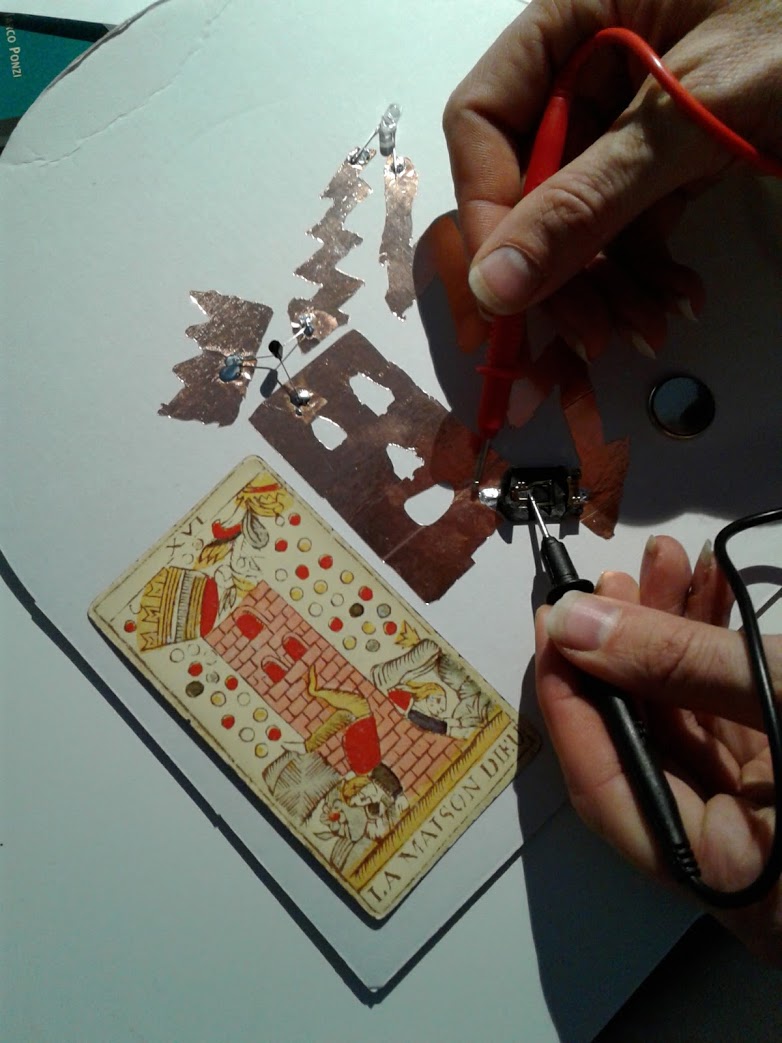
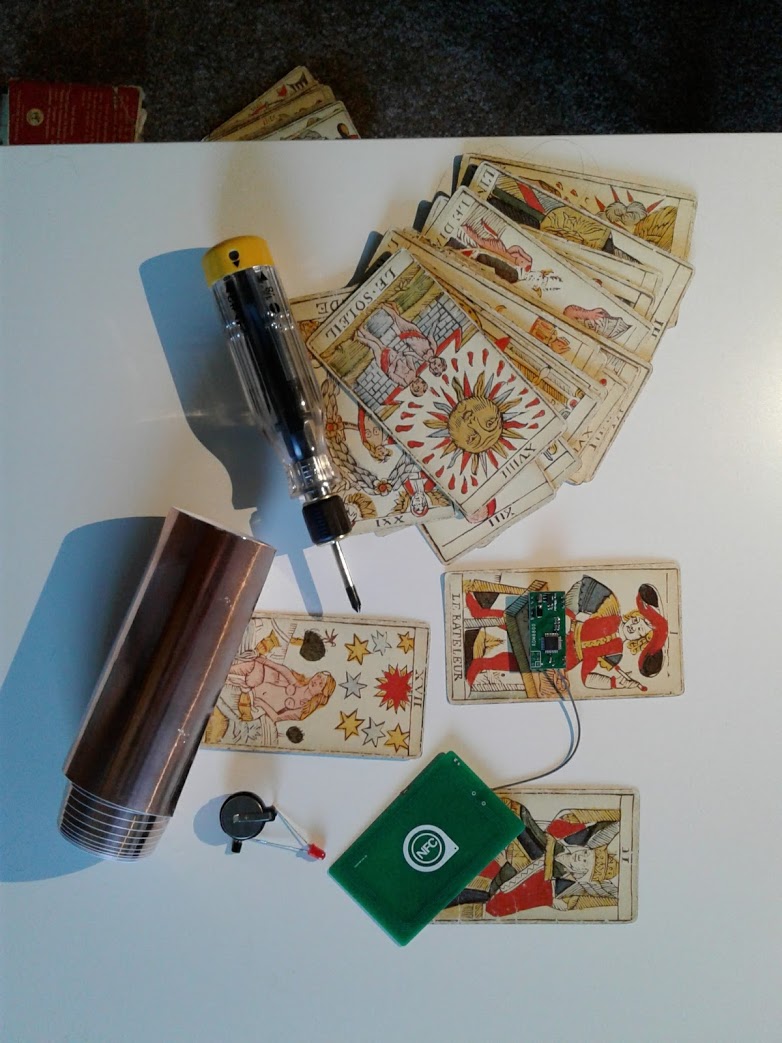
The etched cannon and the art of fortification, together with the compass and the map, basically gave birth to our modern engineering and circuit boards, which are now used in artistic experiments to explore these hidden histories. The fortification and guns are responsible for the relatively modern idea of states and nations, which, like most powerful technologies, enable further centralisation and increasingly global forms of governance. Improved cannons forced the feudal lords to invest more in fortification and get money from the centralised power (the monarch) – in this sense all modern nation states are just the unintended consequence of more efficient guns and cannons. The guns and cannons caused the feudal lords to lose autonomy over their defence (private fortification) and accept the so called ‘bastioned systems’, a more complex defence structure explored by Albrecht Dürer, in turn enabling the modern state and professional armies. What happened later with the compass and the integrated circuits are just uncanny returns and echoes of these origins in intaglio, printing and various ideas of what it means to ‘circuit’. With the present artistic boards and attempts to democratise hardware with printed circuit boards gradually acquiring aesthetic ambitions, we are just starting to reflect on these complex genealogies, which digital media theory wants to see as abandoned and long-forgotten technology.
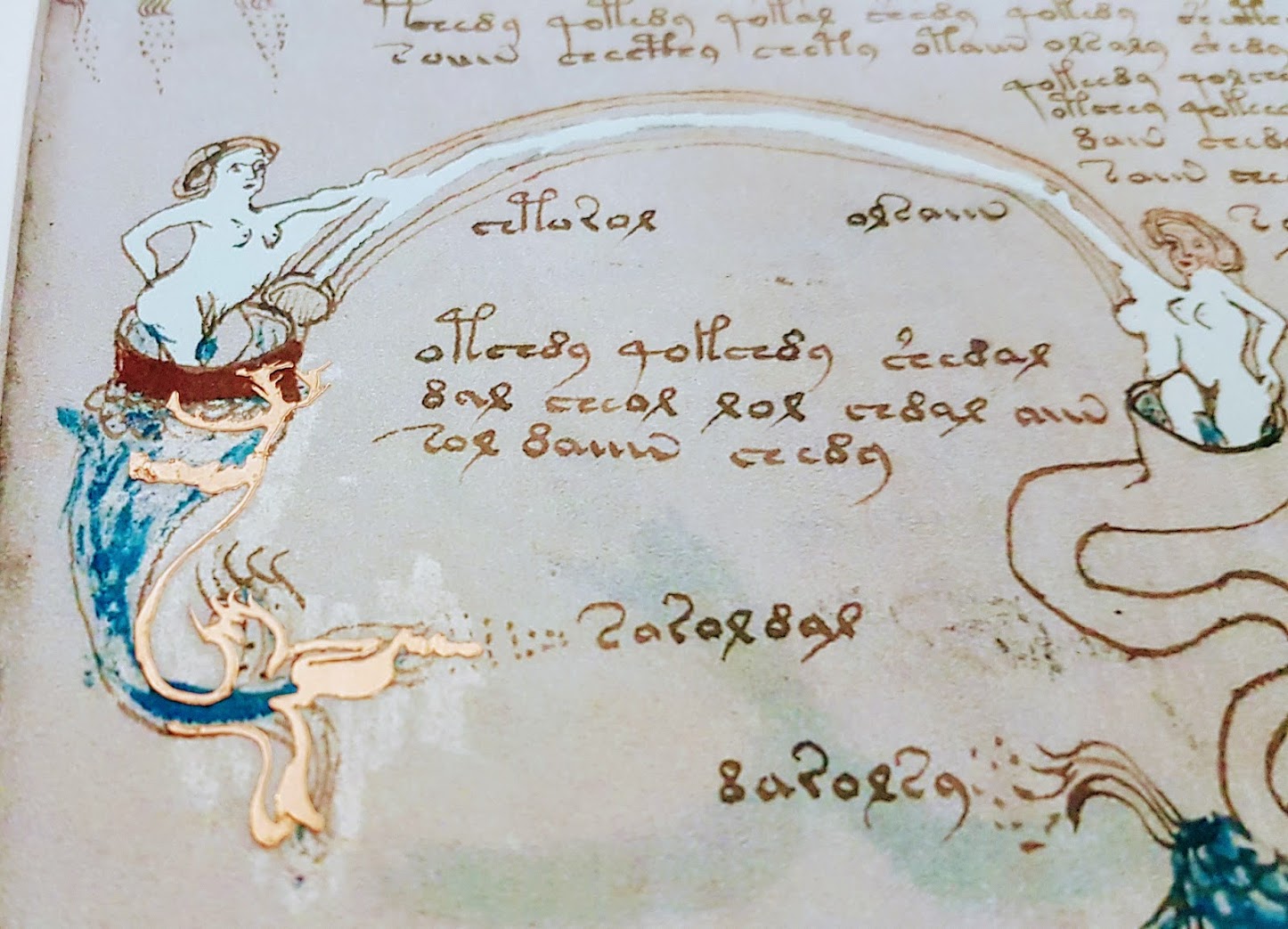
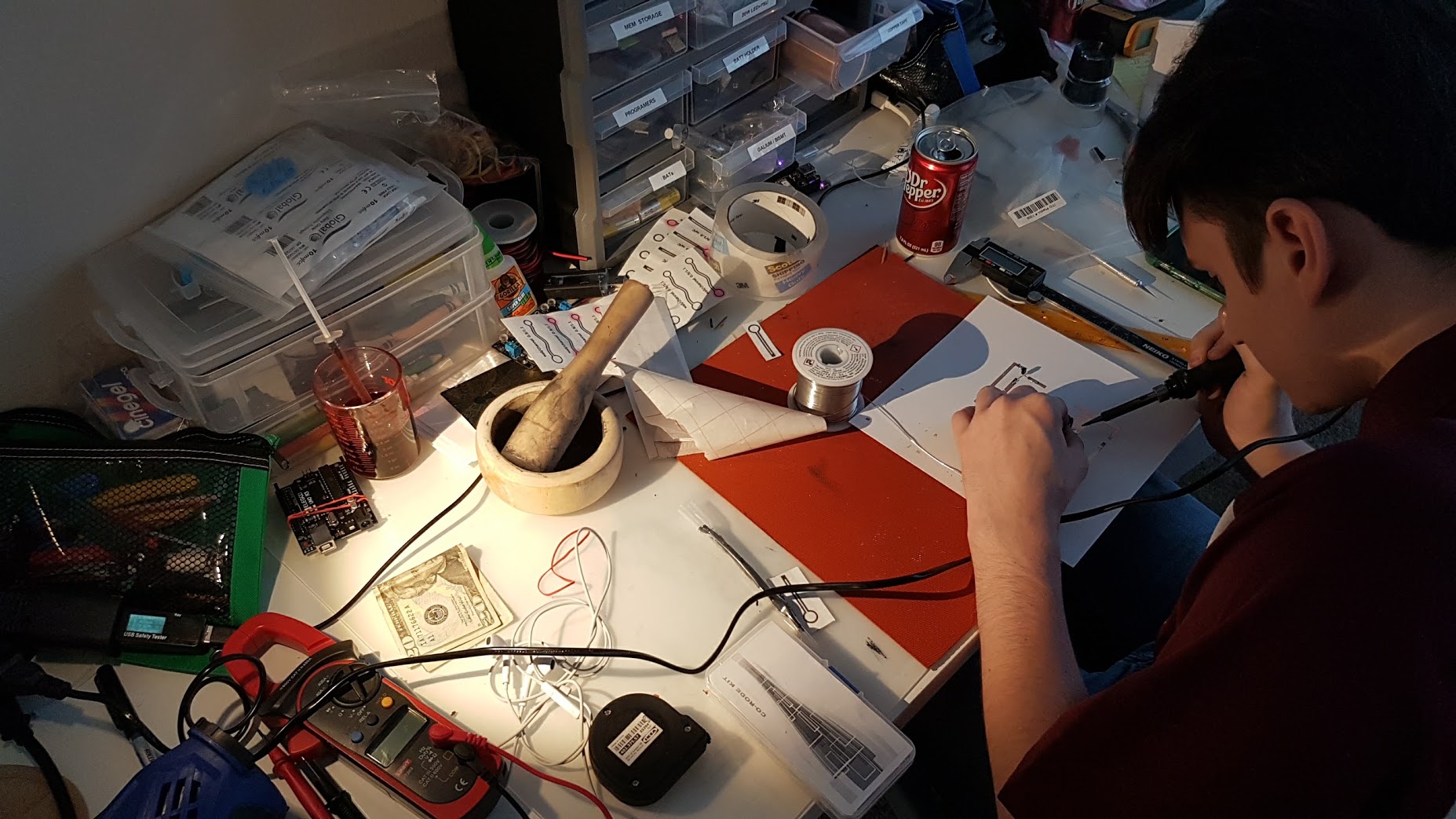
Our present circuits are made from electrical components such as transistors, resistors, capacitors and diodes, but the original electrical use of the word ‘circuit’, in 1746 (2), refers to very unexpected components like water, gun barrels and humans connected to perform the characteristics of electricity: “Several experiments show that the electric force always describes a circuit… electrical power darts rectissimo cursu between the gun-barrel and the vial.” The first circuit ever described is between a person and a gun barrel, after which Watson is just adding more persons to perform the circuit so that the bodies become part of different circuits in XL. “If any number of persons communicate by piece of wire, and if any of them brings together the ends of the two pieces of wire in his hands, upon the gun-barrel’s being touched he will perceive no stroke. But if the ends of the wires are but a quarter of an inch asunder (?); he will be shook in both his arms because then his body will become part of the circuit.” On p.67 he describes this as his main discovery: “That the electricity always describes a circuit between the electrified water and the gun-barrel”. Making circuits, just like making compasses, maps and cannons, performs the connection between innovation, technology and war. This is something we need to question, and a possible start could be this small attempt for a PCB art manifest, with which we wish to conclude:
Computing and electronics are material and political, but also increasingly aesthetic expressions of our cosmological insights into the structure of the universe and our place in it. With hardware, electronic parts, printed, integrated and electronic circuits and boards, we are constantly probing our relations to the microworld and its particles, trying to make them relevant, useful and meaningful on the macroscale. With modern electronics we resigned on the phenomenological “being in the world” with horizons. Instead of the line where the sky meets the earth, we embraced the depths and impossibilities of the lines connecting infinite worlds across infinite scales. Our universe is neither close nor familiar and cosy, but a place for connecting scales, testing and interpreting signals and managing data in a type of a pancosmic circuit. We are such circuits of star stuff and our boards are just temples in which we worship these new gods, particles and molecules. We need to design our circuits in the ways we used to paint religious paintings, write poems celebrating love, make sculptures commemorating heroes, or simply deconstruct everything in a modernist search for abstraction and authenticity. We have to start reading our circuits in a similar way to how we read the sky, by projecting mythologies in its constellations, making this randomness of our fantasy worth pursuing again. The PCB artists of tomorrow are asking questions: Can a famous circuit become a self-portrait? Can we use circuits as media and interfaces for exploring different forms of personal interaction with the world of minerals in the components? Can handmade and crafted hardware, aesthetical circuits and various new materials explore further the creativity behind our fascination with a force that connects us all – electricity?
Links in the text to books/articles
1/ An exact and curious survey of all the East Indies, euen to Canton, the chiefe cittie of China: all duly performed by land, by Monsieur de Monfart, the like whereof was neuer hitherto, brought to an end : Wherein also are described the huge dominions of the great Mogor, to whom that honorable knight, Sir Thomas Roe, was lately sent ambassador from the King : newly translated out of the trauailers manuscript (Google eBook), Henri de Feynes;
The voyages and adventures of Fernand Mendez Pinto. Done into Engl. by, Volume 3 Fernão Mendes Pinto
1642 A Collection of Speeches Made by Sir Edward Dering, Knight and Baronet
2/ William Watson, Experiments and Observations, Tending to Illustrate the Nature and Properties of Electricity, proposition XXXVI.
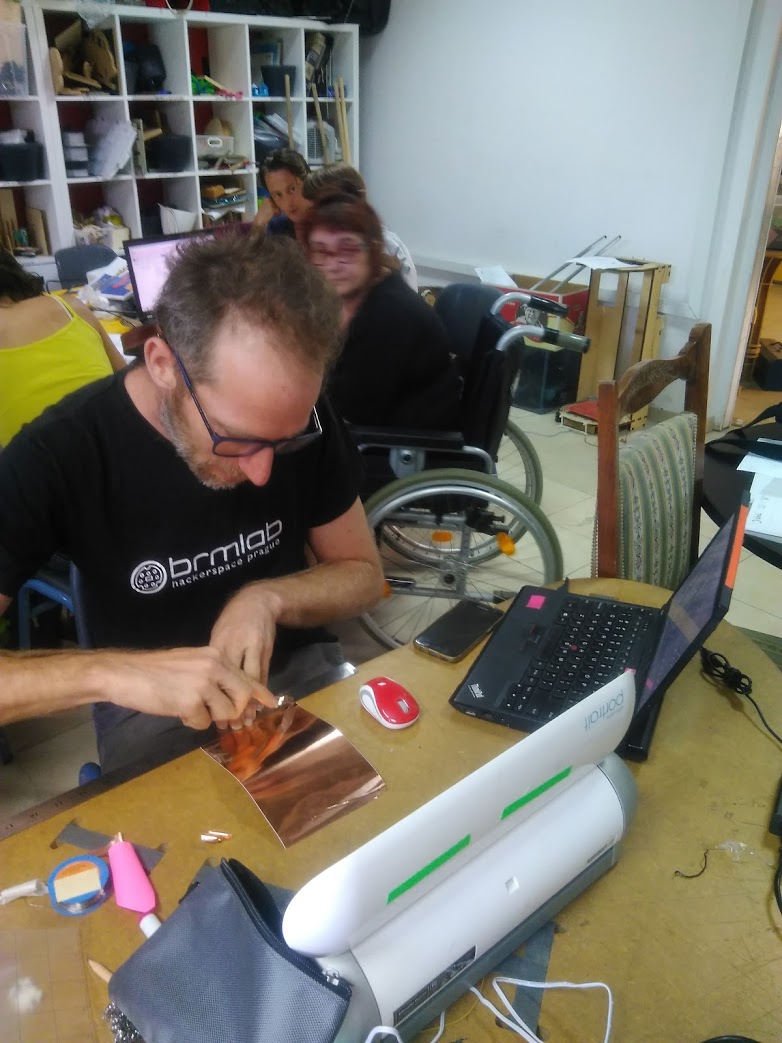
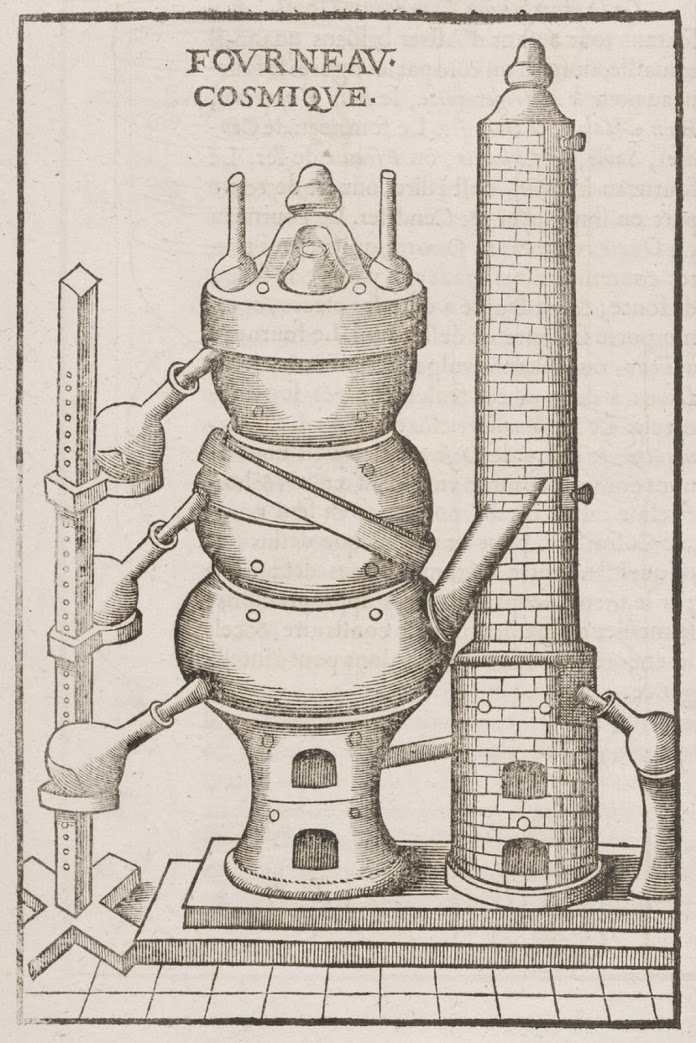
BIO/ Dr Denisa Kera (1974, Mělník, the Czech Republic) is a philosopher and designer that experiments with various creative strategies of public engagement in emerging science and technology issues. Kera holds a Master degree in philosophy from the Charles University in Prague (1999) and completed a Ph.D. dissertation on the performativity in language and computer codes. She uses design methods (UX, critical design, design fiction, future scenarios, participatory design), ethnography and prototyping to research STS (Science, Technology and Society) issues. Currently, she is “translating” Shakespeare’s play Merchant of Venice into a Hyperledger business network and transactions (smart contracts) to demonstrate the possibilities and limits of this emergent infrastructure and involve various stakeholders in the deliberation about the future of DLTs. She curated a number of exhibitions and projects related to art, technology and science.

